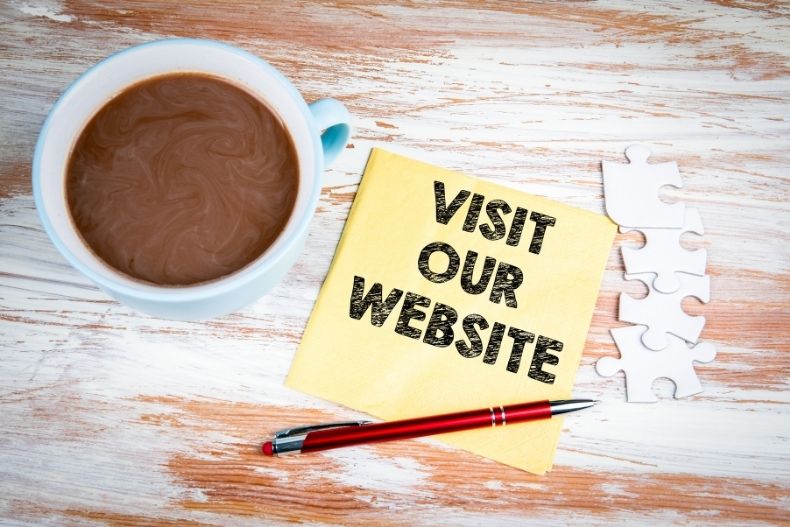Accessibility is the practice of making your website available and usable to people having disabilities. It is a term widely used in design and development to ensure websites (or even products and tools) can be used by disabled people as easily as others.
Think of a visually impaired person who wants to order a pair of shoes online. If he can’t browse and order shoes online, he will struggle and the store will lose a potential customer for a lifetime. Importantly, the store might be sued. Amazon, for instance, was sued by a blind user who was unable to use Amazon via a screen reader.
This actionable guide covers why accessibility is essential, how it impacts your business, and how you can make your website accessible on autopilot.
Why Accessibility is Important for Your Business
There are several reasons why you should make your website accessible.

- More Customers
An accessible website means you’ll be able to acquire more customers than you do now. Even if your website has a minor accessibility bug that restricts even one percent of visitors to convert, you are losing potential customers.
Not only do you lose customers but you are wasting money on traffic sources (SEO, PPC, etc.). You don’t get web traffic for free and having an inaccessible website means you a certain percentage of your marketing budget is wasted every year.
- Legal Requirement
Making your website fully accessible is a legal requirement in several parts of the world e.g. USA. UK, EU, Israel, and others. Anyone can sue your business in case of an issue in using or navigating your website. A total of 2,256 website lawsuits were filed in 2019 in the USA only.
It isn’t a matter of choice rather you have to make your website accessible or be ready to face the music.
- Poor User Experience
If your target audience can’t use your website as expected, it will ruin your business’s reputation. Customers value experience more than anything else these days. Not to mention, it ruins your brand’s overall experience. A whopping 66% of consumers say that a poor website experience hurts their opinion of the brand and 55% say they’ll not engage with a company after a poor mobile experience:

- Proper Coding
Accessible websites follow a set standard and rules. This means your website will be coded properly and will have a clean structure that will be easy to understand by new coders and search engines. Having your website accessible pays you in the long run as you’ll have your website coded as per industry standards.
How to Make Your Website Accessible
Forget about the past, let’s come to the solution. What steps can you take now to make your website accessible?
W3C has listed a complete list of standards, checklists, and rules for businesses, designers, marketers, coders, etc. that they can follow to make websites fully accessible. These standards are lengthy and technical. It will take forever to do all of it manually.
And by the time you’ll finish (if you ever do), your website will be accessible, but it will not be legally compliant to ADA, Section 508, and other local laws. That’s a whole different story.
The best, automatic, and an effective way to make your website accessible and compliant is to use accessiBe. It uses artificial intelligence to scan, analyze, and make your website accessible in 48 hours and comes with an easy-to-use accessibility interface.
Here is how its accessibility interface looks like:

accessiBe is a cost-effective and fully automatic web accessibility solution that makes your website globally compliant to all accessibility laws. This is the reason it is used by leading brands like BMW, Fiverr, Seiko, Hilton, and others.
Conclusion
Web accessibility isn’t a choice anymore, it is a must-have for business all over the world. Even if you aren’t legally bound to have an accessible website and you might never receive a lawsuit, it is still recommended to go for it.
It has numerous benefits that make it essential in today’s time.